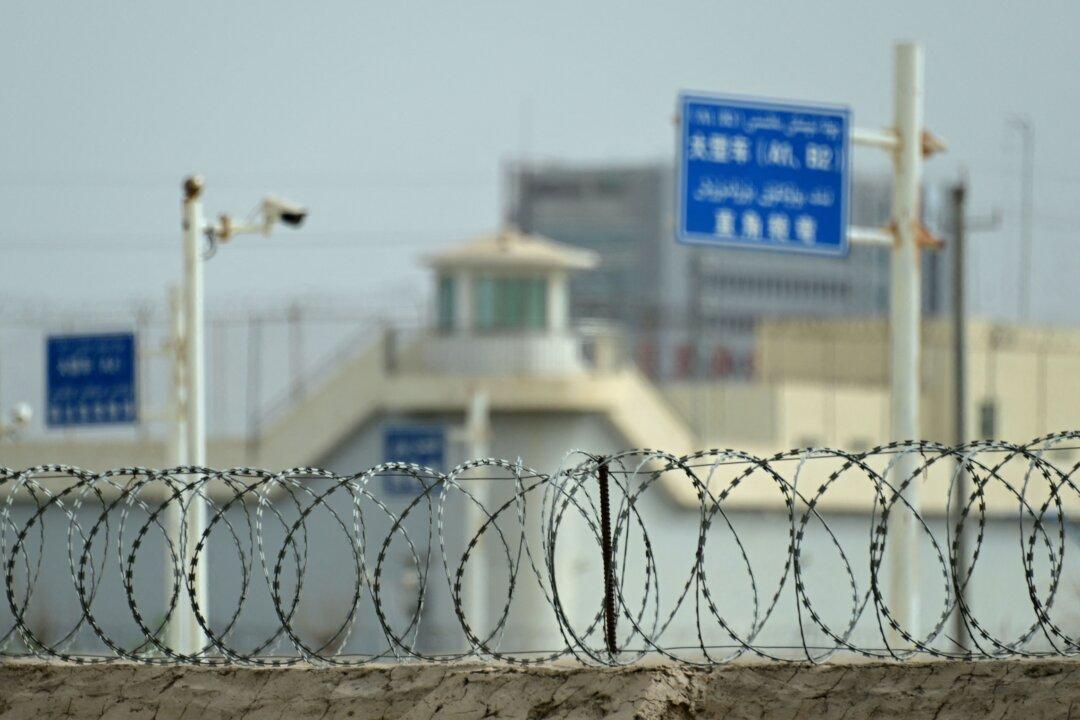Japanese and U.S. Marines conducted their first airborne landing and combat drills together on Tuesday, indicating a deepening of military cooperation in the wake of increased military assertiveness by China and Russia.
The drills held near Mount Fuji were part of a three-week joint exercise, which involved about 400 troops from Japan’s Amphibious Rapid Development Brigade and 600 troops from the U.S. Marines based in Okinawa. Tilt-rotor Ospreys transported the brigade during the drills.





